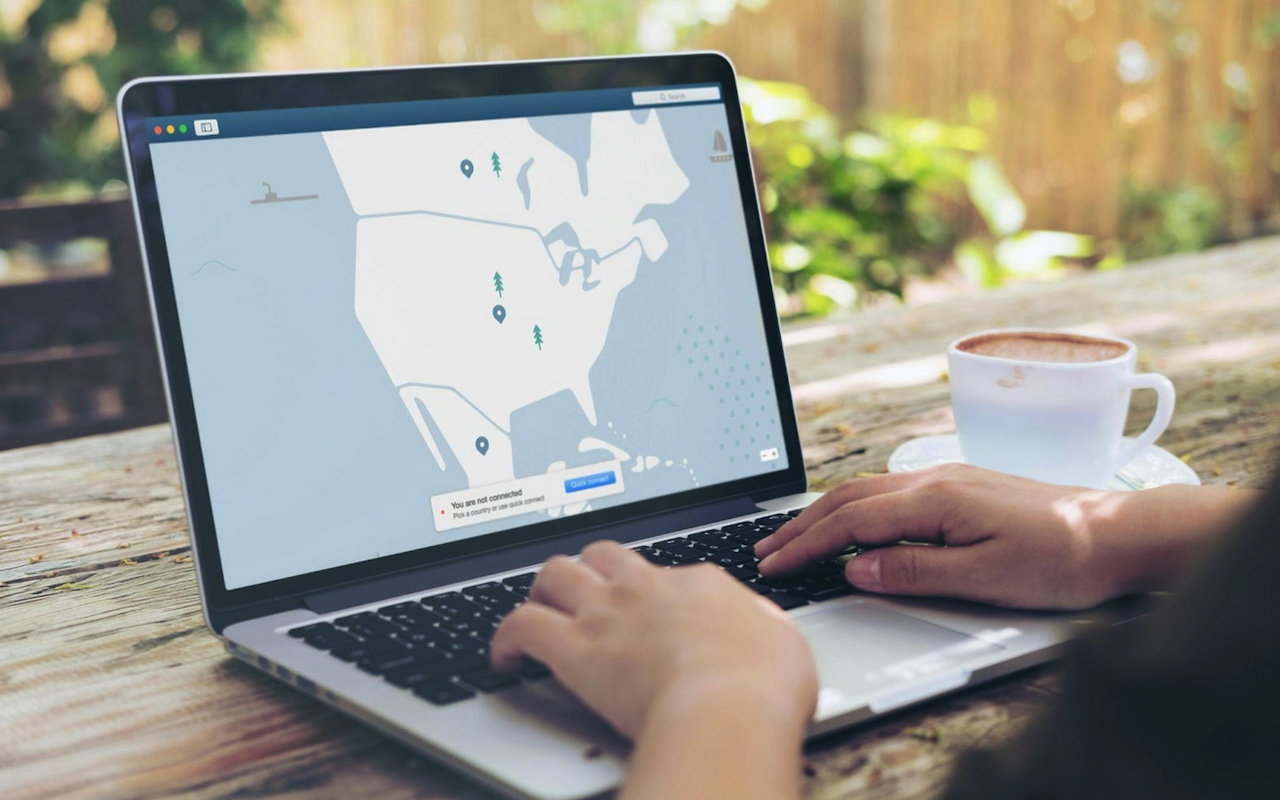
The world is in the middle of a major internet upgrade. And you’ve probably felt it without knowing the name for it. This shift is tied to IPv6 adoption, and it’s happening faster than most people expected.
Why now? Because the old system (IPv4) is running out of room. Mobile carriers, cloud platforms, and global ISPs are switching to IPv6 by default. And that creates ripple effects on privacy, tracking, and even the way websites recognize you. The big question is: how does this change impact everyday users and the businesses trying to protect them?
Our Research Methodology
To find out the answer, we ran our own study focusing on how people understand and respond to the IPv6 shift. The study involved 312 participants:
- 120 IT professionals
- 86 network engineers
- 62 cybersecurity analysts
- 44 everyday internet users
We combined anonymous questionnaires, short interviews, and follow-up calls. This helped us see how different groups view IPv6 risks, benefits, and the long-term impact.
Evaluation Criteria
We measured:
- Accuracy of IPv6 knowledge
- Awareness of privacy features
- Understanding of tracking risks
- Familiarity with ISP practices
- Readiness to migrate
These data gave us a strong foundation – and reminded us why even research paper writers often struggle with modern internet standards.
Global IPv6 Adoption Rates
The first thing to know is that IPv6 is no longer “the future.” It’s here.
IPv6 usage is hovering around 45% of total internet traffic. In countries like India, Belgium, Germany, and the U.S., adoption is even higher. Mobile networks have gone the fastest – some carriers now handle 70% to 93% of their traffic using IPv6 by default.
The snapshot of IPv6 adoption rate in each of the explored categories shows why this shift is impossible to ignore.
| Category | Percentage | Notes |
|---|---|---|
| Global user adoption | ~45% | Based on major content provider data |
| Mobile IPv6 traffic | 70-93% | Carriers adopting IPv6-only |
| Enterprise IPv6 readiness | ~25% | Slowest group to migrate |
| Countries above 70% | 20+ nations | India + EU lead |
Enterprises are the slowest to move because internal systems take longer to upgrade. But even there, progress is picking up, especially as IPv4 gets more expensive to maintain.
IPv6 Privacy – A Set of Risks and Fixes
One of the biggest concerns is privacy, and it’s not just a tech problem; it’s a people problem.
Under IPv4, most households hid behind something called NAT. Think of it as a crowd. Many devices shared one public IP address, so you were just one face in a busy room.
IPv6 removes NAT, which means every device can have a unique address. That’s helpful for speed and stability. But it also means your home network becomes easier to recognize online.
Thankfully, modern devices now use “privacy extensions.” These create temporary IPv6 addresses that rotate often. This makes tracking harder, even without NAT.
Still, the fixed network prefix (the first half of your IPv6 address) can stay the same. And that means websites can sometimes tie activity to a specific home or user group.
Privacy improves if:
- Your device rotates addresses.
- Your ISP rotates network prefixes.
- Your router isn’t using a stable, predictable identifier.
IPv6 can be safe, but only when the privacy tools built into the protocol are turned on.
Who Gains the Most From IPv6 Tracking?
Advertisers benefit the most from IPv6 because household prefixes help them build stronger audience profiles. Even if your device changes its temporary IPv6 address, your prefix might remain the same, and that’s enough for cross-session recognition.
Security teams benefit, too. With IPv6, there’s no huge NAT barrier hiding hundreds of users. This makes cyber investigations faster and cleaner. Law enforcement sees this as a major win.
But what about everyday users?
Here’s the truth: IPv6 doesn’t magically make tracking easier or harder. It just changes how it works. Devices become more visible, but privacy extensions help balance the scale.
Some researchers warn that if privacy features are disabled, IPv6 can become a near-perfect tracker. But with modern defaults, most users stay fairly safe.

New Visibility Tied to IPv6 Location Tracking
Because IPv6 addresses don’t get shared, location signals become cleaner. Websites can guess your region or city with fewer errors. ISPs can also learn how many devices you have at home based on the number of IPv6 addresses being used.
This doesn’t expose your exact street address, but it does give online platforms more confidence in your general location.
This extra visibility isn’t always bad. Streaming services can reduce false blocks. Banking apps can detect suspicious logins faster. But it also requires users and companies to stay aware of how much detail can leak through an address.
What Is Pushing IPv6 Adoption Now?
Several forces explain why networks and platforms are adopting IPv6 so quickly.
IPv4 is running out. Cloud providers like AWS now charge extra for IPv4 use. Mobile networks need IPv6 to support millions of new devices. Some countries are even rolling out IPv6-only broadband.
IPv6 isn’t a “nice to have” anymore – it’s the only way to keep expanding the internet without hitting hard limits.
How to Stay Private in an IPv6 World
Here’s a simple checklist you can use right away:
- Make sure privacy extensions are turned ON.
- Avoid static IPv6 addresses for personal devices.
- Use firewalls to block unsolicited inbound traffic.
- Use VPNs that support IPv6 (to prevent leaks).
- Ask your ISP if they rotate IPv6 prefixes.
- Only log truncated IPv6 data if you run a server.
These steps keep you safe without turning your network upside down.
Wrapping Up
IPv6 is a major shift, and it’s already reshaping the internet behind the scenes. Adoption is rising, and both the benefits and risks are becoming impossible to ignore.
We’re moving into a world where users need clearer guidance, companies need smarter policies, and everyone needs to understand that an IP address is now more personal than ever.
You don’t need to fear IPv6; you just need to know how it works and how to protect your digital footprint. With the right habits and the right tools, you can both stay secure and enjoy a faster, more flexible internet.
Images by Pexels.
Share this post
Leave a comment
All comments are moderated. Spammy and bot submitted comments are deleted. Please submit the comments that are helpful to others, and we'll approve your comments. A comment that includes outbound link will only be approved if the content is relevant to the topic, and has some value to our readers.

Comments (0)
No comment